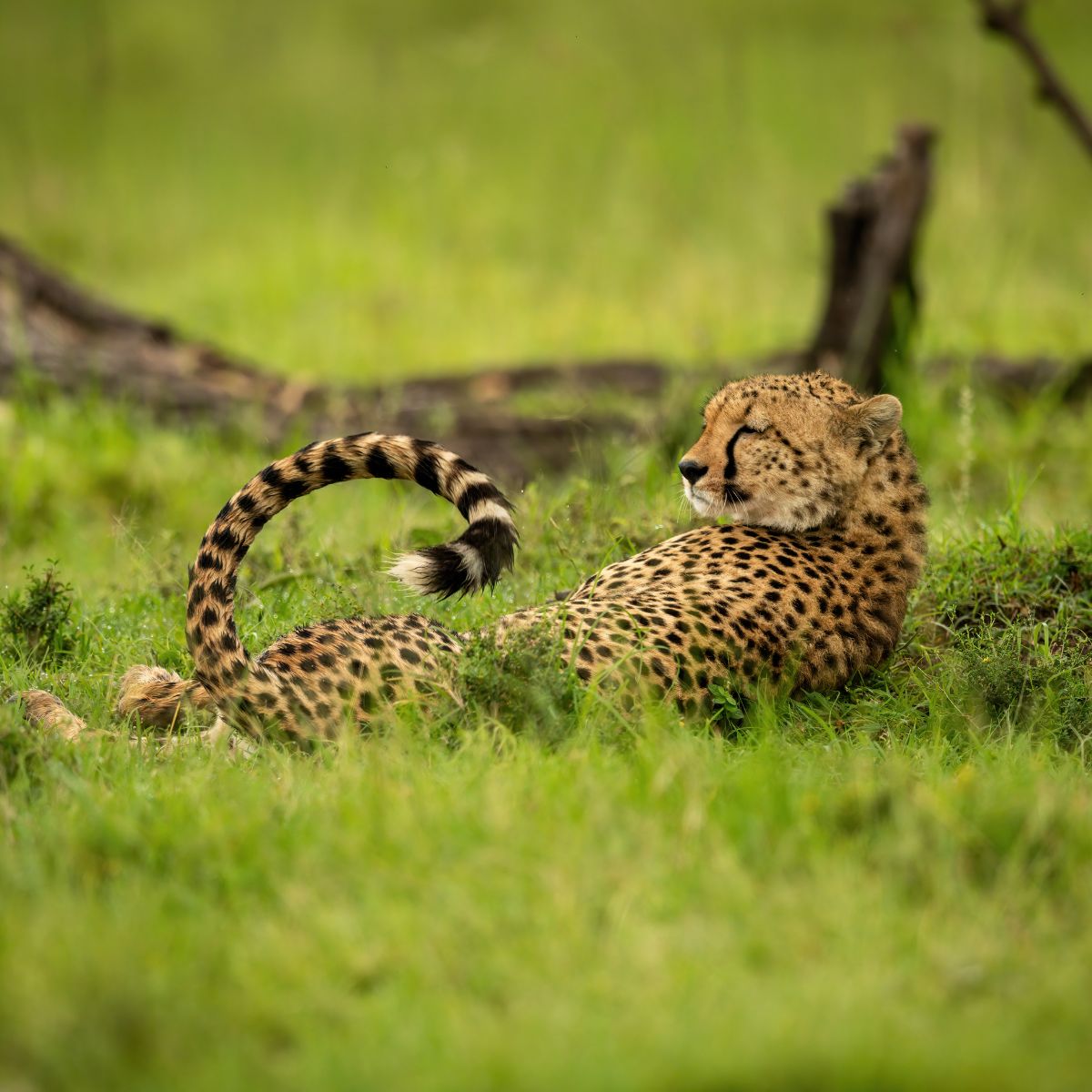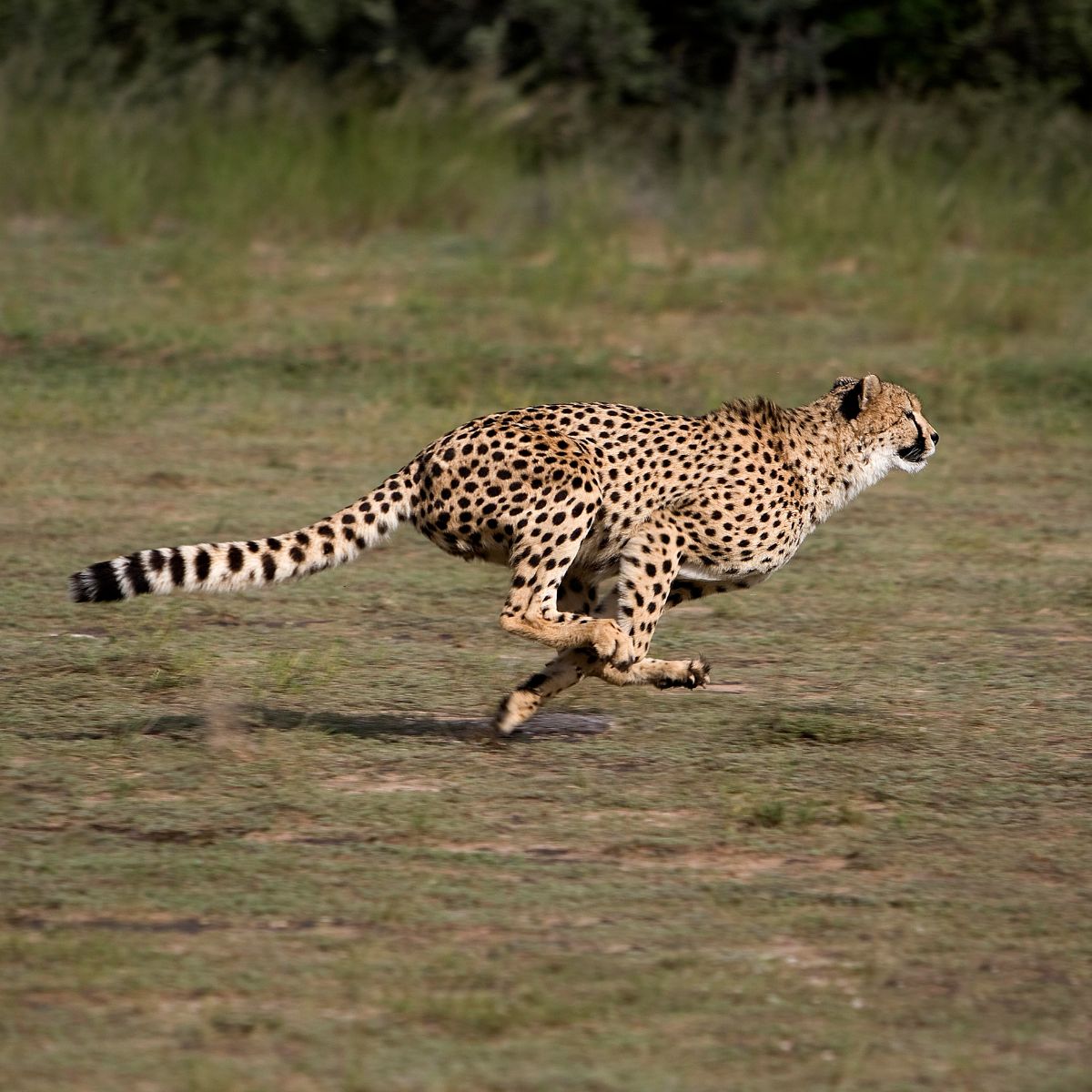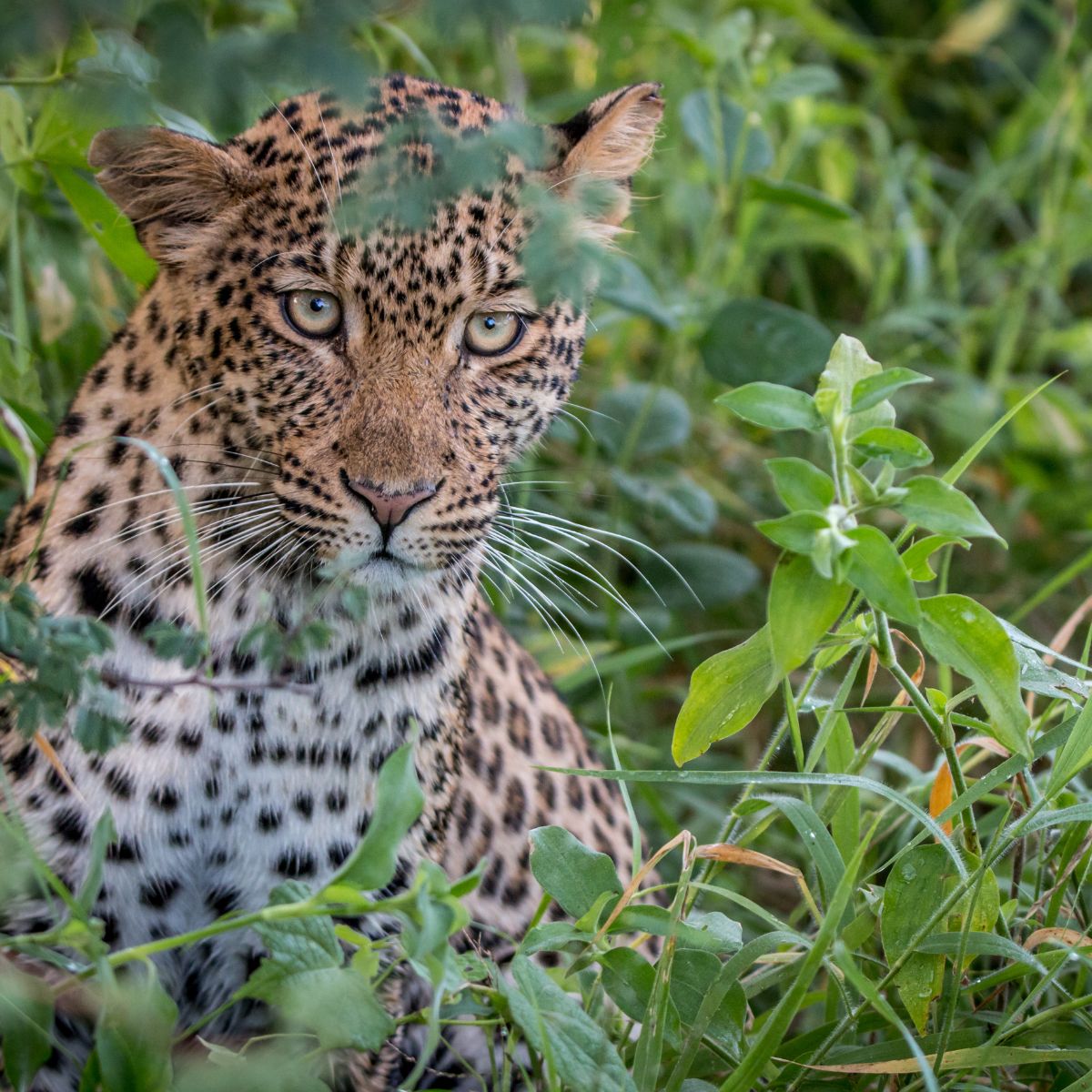Do You Know What Are The Differences Between Cheetahs And Leopards?

Ever mixed up a cheetah with a leopard and got a know-it-all wildlife fan giving you a hard time over it? No worries! It’s easy to confuse these two since they share a lot of similarities and can trick even the sharpest eyes out there.
At a quick glance, cheetahs and leopards both blend into their Savannah surroundings so well, they might seem identical. But if you take a closer look, you’ll notice some key differences in their looks and behaviors that set them apart.
In this article, we’re diving into the unique physical traits and behaviors that distinguish a cheetah from a leopard.
So, grab a notepad and get ready to jot down some facts. Next time you spot one of these majestic felines on the National Geographic Channel, you’ll be the one impressing your friends with your wildlife wisdom!
Color Of Their Coat

The first thing that often leads to mix-ups between these two big cats is their coat color. While they both seem to rock spots at a glance, there’s a distinct difference upon closer inspection.
Cheetahs boast clear, solid black spots dotting their tan or golden coats. This spotted pattern is perfect for blending into the grassy savannas during high-speed chases.

Leopards, however, take the fashion game a step further. Their coats feature a unique pattern of rosettes which are black on the edges with a lighter color inside, set against a background that ranges from golden to yellow.
Just like cheetahs, leopards use their stylish coats as camouflage, but they’re more about lurking in the shadows and ambushing prey.
Head Shape And Facial Features
Another distinguishing feature between these magnificent wild cats is their head shape and unique facial characteristics.

Cheetahs have a small and well-rounded head, which perfectly accommodates their aerodynamic bodies and enhances their ability to run faster in search of prey.
Their eyes, typically a deep amber, are set off by iconic black “tear” streaks running from the inner corners down to the mouth. These aren’t just for looks; they’re practical, cutting down on the sun’s glare during daytime hunts.

Leopards, on the other hand, boast longer heads with pronounced jaw muscles, ready to clamp down on their prey.
You won’t find tear streaks here; instead, their faces are adorned with the same rosette patterns found on their bodies. Their eyes, often green or blue, add to their mystique, differing markedly from the cheetah’s gaze.
Body Size And Shape
When comparing the size and shape of these two wild felines, we can quickly notice that there are some major differences between the two.

Cheetahs, renowned as the fastest land mammals, exhibit a tall and slender build. Their anatomy is tailored for speed, characterized by elongated legs, a prominent chest, and a flexible spine enabling swift maneuverability during hunts.
Overall, cheetahs present a leaner silhouette compared to leopards, with agility taking precedence over brute strength. On average, male cheetahs tip the scales at about 120 pounds, while females are lighter, usually around 95 pounds.

Leopards bring a different kind of power to the table, boasting a robust and muscular frame that enables them to excel in both hunting and arboreal activities.
Their strength is concentrated around their shoulders and neck, empowering them to haul their catch up trees with ease.
Unlike the lanky cheetah, leopards have shorter, brawnier legs perfect for climbing. Males of this species can weigh between 130 and 155 pounds, with females weighing between 66 and 88 pounds.
Tails

Tails serve as another distinguishing feature between cheetahs and leopards, not just in appearance but in function as well.
Cheetahs boast long, slender tails that take on a more flattened shape, acting much like a rudder for these speedy cats. This tail design is crucial during a chase, helping cheetahs maintain balance and make sharp turns at blistering speeds.

Leopards, in contrast, have tails that are more rounded and muscular. This difference isn’t just for show; it plays a critical role in a leopard’s arboreal lifestyle.
Whether they’re climbing trees or navigating the precarious perches of high branches, their tails provide the balance needed to move with confidence and precision.
Paws And Claws

In the realm of paws and claws, both cheetahs and leopards are well-endowed with large feet, each adapted to their unique lifestyle needs.
Cheetahs stand out with their semi-retractable claws, a rarity among big cats. This feature allows cheetahs to dig into the ground and gain the traction they need for explosive acceleration and high-speed turns.
Think of them as built-in running spikes, giving cheetahs an edge in the chase.

Leopards, on the flip side, are equipped with fully retractable claws.
This adaptation is crucial for two reasons: It helps keep their claws sharp for climbing trees and gripping their prey, and it allows for stealthy movement, a necessity for an ambush predator.
Speed

Cheetahs hold the title as the fastest land mammals, with the ability to sprint at astonishing speeds of 50 to 80 miles per hour. This incredible velocity makes them unparalleled in the animal kingdom when it comes to speed.
Leopards, while not as fast, are still impressive runners in their own right, capable of reaching speeds up to 36 miles per hour.
However, what leopards may lack in speed, they more than make up for in brute strength. This combination of agility and power makes leopards formidable hunters.
Hunting Habits
The way cheetahs and leopards hunt for food is also extremely different.

Since cheetahs don’t have the best night vision, they mostly hunt during the day, especially in early morning or late afternoon.
Their hunting strategy is built around their phenomenal speed, utilizing open terrains to launch rapid, high-velocity chases against mid-sized animals.
Cheetahs opt for this quick-strike method to conserve energy and maximize the chances of a successful hunt, often avoiding the need for prolonged stalking or energy-draining pursuits.

Leopards, however, are the stalkers of the feline world. They excel in the art of ambush, using dense foliage and the cover of darkness to their advantage.
Leopards practice a patient “stalk and pounce” technique, allowing them to sneak up on their prey undetected.
Their robust build enables them to tackle larger prey, which they often haul into trees to secure their catch from scavengers like lions and hyenas.
Differences in Habitat and Social Behavior

Cheetahs are known for their love of wide-open spaces. They favor habitats like savannas and grasslands, where their incredible speed can be fully utilized.
While generally solitary, it’s not uncommon for male cheetahs to form coalitions to defend territories and enhance their survival prospects.
Female cheetahs, on the other hand, are more solitary, with the exception of when they’re raising cubs.
During this time, which lasts around 18 to 24 months, they’re dedicated mothers, teaching their offspring essential survival skills, including hunting techniques.

Leopards are the epitome of adaptability, capable of living in a variety of environments ranging from dense forests and rugged mountains to arid deserts and lush grasslands.
This adaptability, combined with their varied diet, has allowed leopards to thrive in areas where other big cats have faced challenges.
Socially, leopards are loners with a strong sense of territoriality. They lead solitary lives, with interactions primarily occurring during mating seasons.
Life Cycles

Cheetahs typically have a lifespan of about 8 to 10 years in the wild. Their mating season aligns with the dry season, leading to a gestation period of roughly 90 to 95 days.
Cheetah mothers usually welcome litters of 4 to 6 cubs. Unfortunately, these cubs have a lower survival rate due to their mother’s need to leave them alone while hunting, making them easy targets for other predators.
Leopards, on the flip side, boast a longer lifespan of 12 to 17 years. They don’t stick to a specific breeding season, mating year-round, with a gestation period that spans about 90 to 105 days.
Leopard litters are smaller, typically consisting of 2 to 3 cubs. These cubs tend to have a better shot at survival compared to cheetah cubs, thanks to the more constant presence and protection of their mother.

And that concludes our exploration of the distinctions between cheetahs and leopards. I hope you enjoyed diving into the differences with me, finding this article both interesting and informative.
If you have any thoughts, additional insights, or fun facts to share, don’t hesitate to leave a comment below. Your feedback is always appreciated, as it fosters a sense of friendship between us, wouldn’t you agree?






